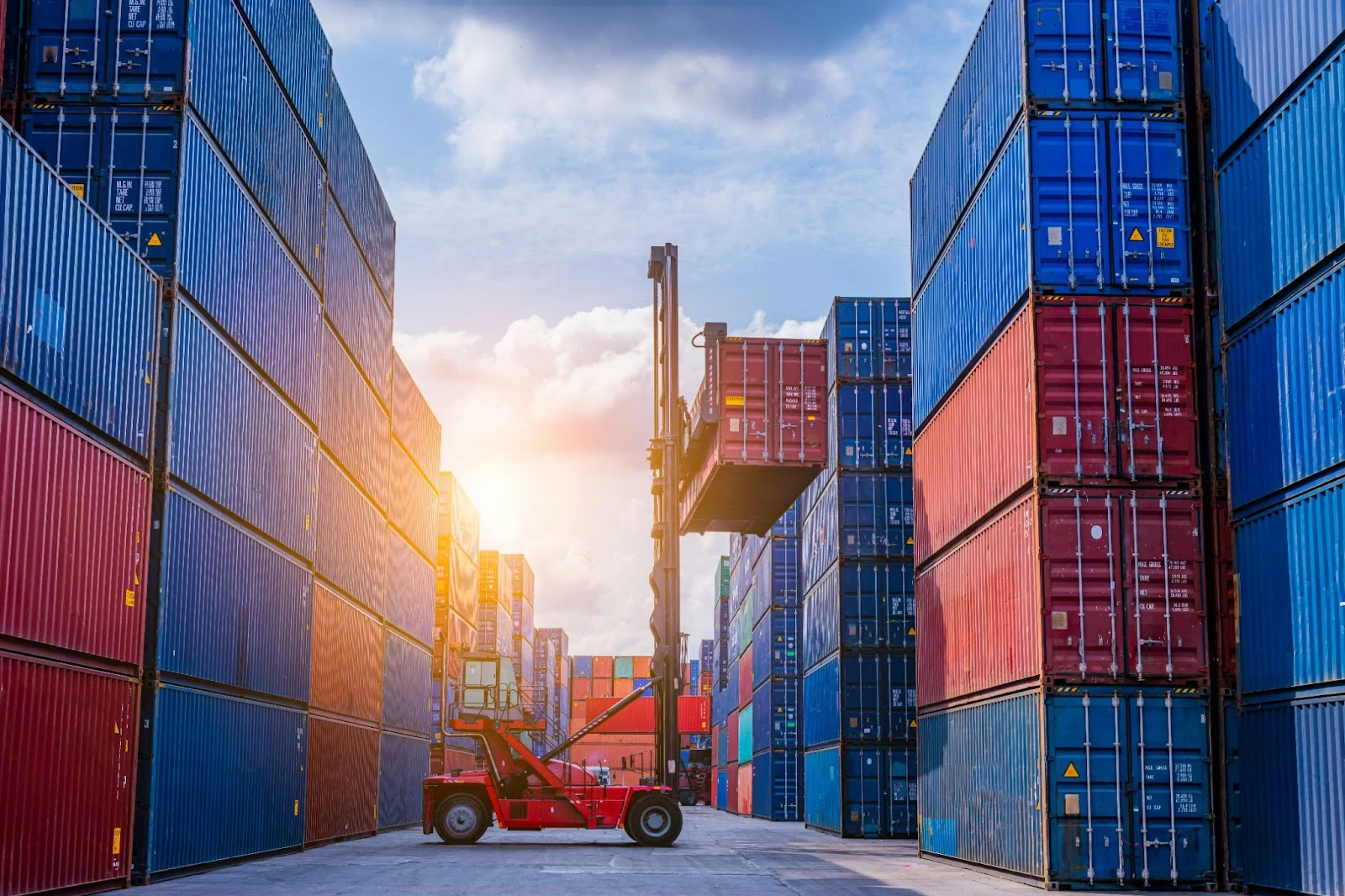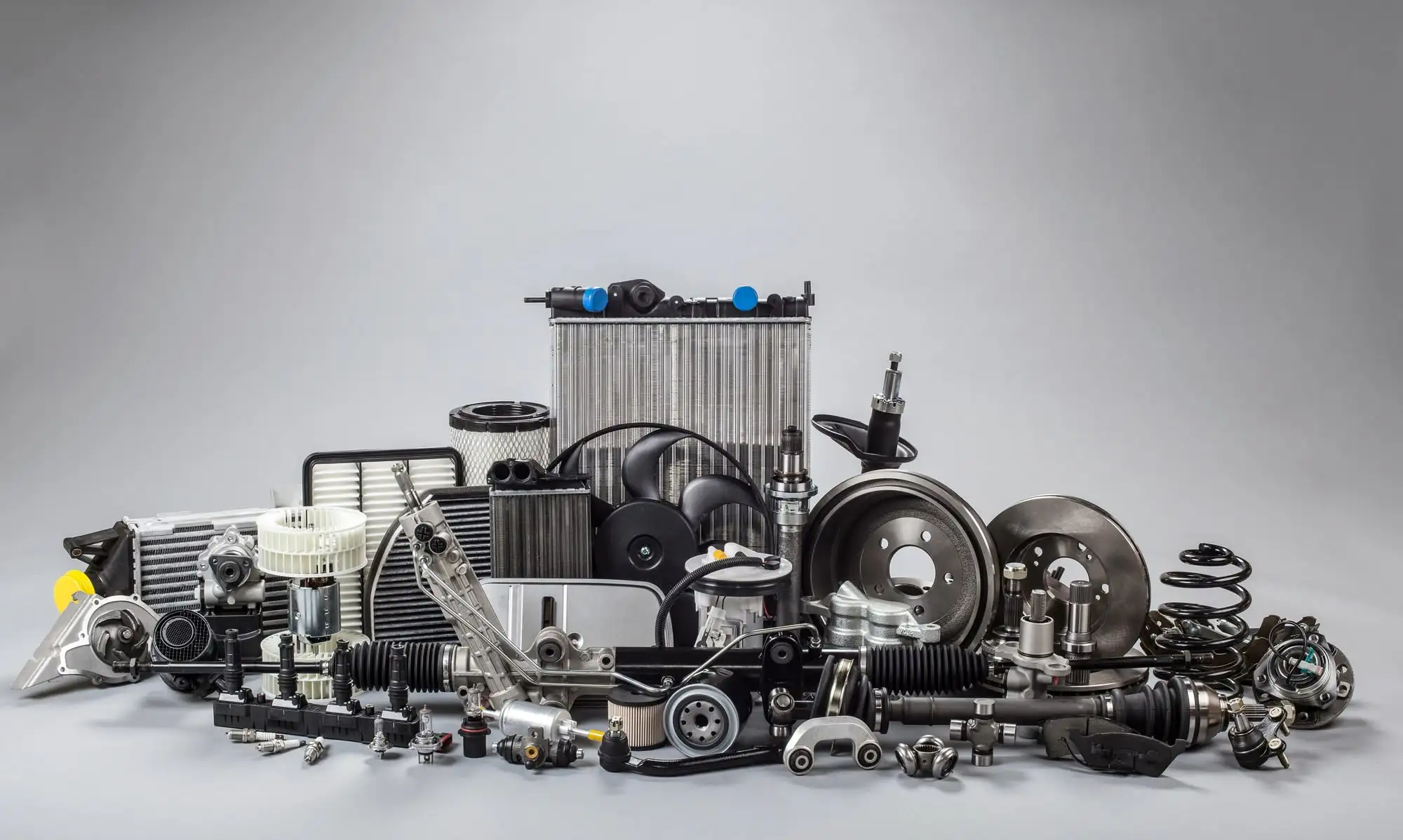
The Ongoing Debate Between 20ft and 40ft Containers in Supply Chains
Ask anyone in freight to pick a side — 20ft or 40ft — and you’ll get strong opinions either way. That’s because the size of a container isn’t just a technical detail. It changes how goods are moved, how costs add up, and how efficiently your supply chain actually runs. For some businesses, going smaller means more control and flexibility. For others, it just looks like missed space and extra labour.
This debate isn’t new. It’s been part of global logistics since standardised containers became the backbone of trade. What is new is how shifting freight costs, tighter warehouse footprints, and smarter routing tech are influencing that choice today. Especially in Australia, where distance, access, and regional infrastructure vary wildly, container size can either simplify your freight process — or complicate it.
Choosing between the two isn’t about finding a winner. It’s about knowing which option lines up with what you’re actually moving, where it’s going, and how it needs to get there.
Weight vs Volume: The Trade-Off That Drives Most Decisions
At the heart of the debate is one key question: are you maxing out weight, or space? A 20ft container handles just over 28 cubic metres of cargo, while a 40ft gives you more than double that in volume — but not double the allowable weight. That means the smaller unit is better for dense, heavy goods, like machinery, batteries, or metal stock. The larger one is built for bulkier, lighter loads — furniture, flat-pack products, or soft goods.
In practice, this means freight planners choose based on how efficiently they can “fill” a container. Sending a 40-footer half full is rarely worth it, even if the per-unit shipping cost looks better on paper. Overloading a 20-footer, on the other hand, can result in weight limits being breached before it’s full — triggering penalties, handling delays, or the need to split the load.
Transport Costs, Handling, and Site Constraints
Beyond cargo specs, there’s the simple reality of moving the container itself. A 40ft unit requires a larger truck, more space to manoeuvre, and heavier equipment to offload. That’s not always a problem at major ports or industrial sites — but it can be a deal-breaker in regional or remote areas.
This is where 20ft containers still hold a major advantage. They’re easier to transport through narrow roads or onto tight sites. Smaller cranes or forklifts can handle them, which makes them a go-to option for rural deliveries, temporary setups, and multi-stop freight runs. They’re also more flexible in mixed-load scenarios where full container load (FCL) isn’t always achievable.
Where 20ft Containers Still Make the Most Sense
Plenty of operators assume that bigger is always better — but that’s not the case when loads are dense, or when delivery sites aren’t designed for large equipment. In these cases, 20ft shipping containers offer the best balance between usability and cost. They’re common across mining and agriculture sectors, where loads are heavy, terrain is rough, and speed matters.
They’re also useful for smaller importers who don’t need massive volumes of stock but still want the security and simplicity of FCL shipments. With a 20ft container, they avoid the complexity of shared loads, and benefit from shorter turnaround times at depots and on-site.
Scaling Up with 40ft: When Bigger Really Works
Of course, when your freight is consistent, lightweight, and volume-heavy, there’s little reason not to scale up. Larger retailers, big-box suppliers, and national logistics groups lean heavily on 40-footers because they reduce container counts, simplify handling, and allow more product to move at once. For long-haul domestic freight across major corridors like Melbourne–Brisbane or Sydney–Perth, bigger containers cut down on load duplication and increase fuel efficiency per cubic metre moved.
For businesses with access to good infrastructure and predictable freight patterns, 40ft containers offer economies of scale that are hard to ignore. You’re paying for more space, but getting a lower per-unit cost — as long as you can fill it.
What Supply Chains Are Prioritising in 2025
As logistics systems evolve, the decision around container size is becoming more data-driven. Companies are leaning on route optimisation tools, warehouse automation systems, and real-time tracking to make container choices based on actual flow, not assumptions. Rising fuel prices and labour shortages have pushed operators to reduce idle time, avoid partial loads, and minimise container repositioning — all of which favour right-sizing over default sizing.
In Australia, where many supply chains span long distances and include metro, regional, and remote zones, there’s no one-size-fits-all approach. Some operations benefit from splitting freight into smaller, more nimble loads. Others gain efficiency by consolidating and scaling up. What’s shifting is the expectation that this choice should be reviewed regularly — not locked in.
Final Thoughts: Size Should Match the Strategy, Not the Habit
Choosing between 20ft and 40ft containers isn’t about personal preference or tradition — it’s a decision that should reflect your current business needs, freight profile, and operational constraints. The wrong size can create waste, slowdowns, or missed opportunities. The right one can shave days off a delivery cycle and keep costs under control.
Good logistics teams aren’t loyal to one format. They stay flexible, reassess regularly, and choose the container that matches the job — not just the one that’s always been used.
The Ongoing Debate Between 20ft and 40ft Containers in Supply Chains
Ask anyone in freight to pick a side — 20ft or 40ft — and you’ll get strong opinions either way. That’s because the size of a container isn’t just a technical detail. It changes how goods are moved, how costs add up, and how efficiently your supply chain actually runs. For some businesses, going smaller means more control and flexibility. For others, it just looks like missed space and extra labour.
This debate isn’t new. It’s been part of global logistics since standardised containers became the backbone of trade. What is new is how shifting freight costs, tighter warehouse footprints, and smarter routing tech are influencing that choice today. Especially in Australia, where distance, access, and regional infrastructure vary wildly, container size can either simplify your freight process — or complicate it.
Choosing between the two isn’t about finding a winner. It’s about knowing which option lines up with what you’re actually moving, where it’s going, and how it needs to get there.
Weight vs Volume: The Trade-Off That Drives Most Decisions
At the heart of the debate is one key question: are you maxing out weight, or space? A 20ft container handles just over 28 cubic metres of cargo, while a 40ft gives you more than double that in volume — but not double the allowable weight. That means the smaller unit is better for dense, heavy goods, like machinery, batteries, or metal stock. The larger one is built for bulkier, lighter loads — furniture, flat-pack products, or soft goods.
In practice, this means freight planners choose based on how efficiently they can “fill” a container. Sending a 40-footer half full is rarely worth it, even if the per-unit shipping cost looks better on paper. Overloading a 20-footer, on the other hand, can result in weight limits being breached before it’s full — triggering penalties, handling delays, or the need to split the load.
Transport Costs, Handling, and Site Constraints
Beyond cargo specs, there’s the simple reality of moving the container itself. A 40ft unit requires a larger truck, more space to manoeuvre, and heavier equipment to offload. That’s not always a problem at major ports or industrial sites — but it can be a deal-breaker in regional or remote areas.
This is where 20ft containers still hold a major advantage. They’re easier to transport through narrow roads or onto tight sites. Smaller cranes or forklifts can handle them, which makes them a go-to option for rural deliveries, temporary setups, and multi-stop freight runs. They’re also more flexible in mixed-load scenarios where full container load (FCL) isn’t always achievable.
Where 20ft Containers Still Make the Most Sense
Plenty of operators assume that bigger is always better — but that’s not the case when loads are dense, or when delivery sites aren’t designed for large equipment. In these cases, 20ft shipping containers offer the best balance between usability and cost. They’re common across mining and agriculture sectors, where loads are heavy, terrain is rough, and speed matters.
They’re also useful for smaller importers who don’t need massive volumes of stock but still want the security and simplicity of FCL shipments. With a 20ft container, they avoid the complexity of shared loads, and benefit from shorter turnaround times at depots and on-site.
Scaling Up with 40ft: When Bigger Really Works
Of course, when your freight is consistent, lightweight, and volume-heavy, there’s little reason not to scale up. Larger retailers, big-box suppliers, and national logistics groups lean heavily on 40-footers because they reduce container counts, simplify handling, and allow more product to move at once. For long-haul domestic freight across major corridors like Melbourne–Brisbane or Sydney–Perth, bigger containers cut down on load duplication and increase fuel efficiency per cubic metre moved.
For businesses with access to good infrastructure and predictable freight patterns, 40ft containers offer economies of scale that are hard to ignore. You’re paying for more space, but getting a lower per-unit cost — as long as you can fill it.
What Supply Chains Are Prioritising in 2025
As logistics systems evolve, the decision around container size is becoming more data-driven. Companies are leaning on route optimisation tools, warehouse automation systems, and real-time tracking to make container choices based on actual flow, not assumptions. Rising fuel prices and labour shortages have pushed operators to reduce idle time, avoid partial loads, and minimise container repositioning — all of which favour right-sizing over default sizing.
In Australia, where many supply chains span long distances and include metro, regional, and remote zones, there’s no one-size-fits-all approach. Some operations benefit from splitting freight into smaller, more nimble loads. Others gain efficiency by consolidating and scaling up. What’s shifting is the expectation that this choice should be reviewed regularly — not locked in.
Final Thoughts: Size Should Match the Strategy, Not the Habit
Choosing between 20ft and 40ft containers isn’t about personal preference or tradition — it’s a decision that should reflect your current business needs, freight profile, and operational constraints. The wrong size can create waste, slowdowns, or missed opportunities. The right one can shave days off a delivery cycle and keep costs under control.
Good logistics teams aren’t loyal to one format. They stay flexible, reassess regularly, and choose the container that matches the job — not just the one that’s always been used.




